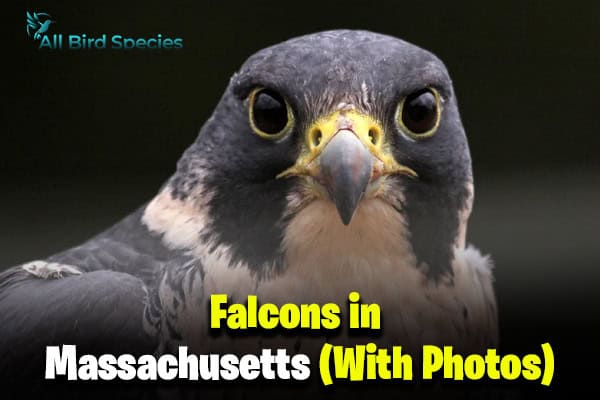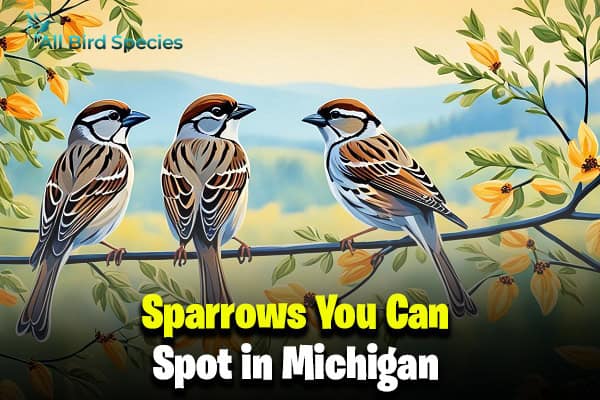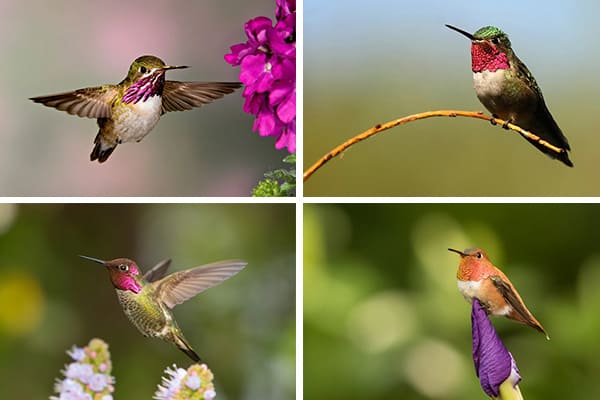8 Types of Hawks in Michigan (ID Guide With Pictures)
In Michigan, a diverse array of hawks can be found soaring through the skies, each species showcasing unique characteristics and adaptations. Here, we explore eight notable types of hawks that inhabit the state, providing insights into their identification, behavior, and habitats.
Here, I Will Explore You 8 Michigan Hawk Species
1. Red-tailed Hawk (Buteo jamaicensis)
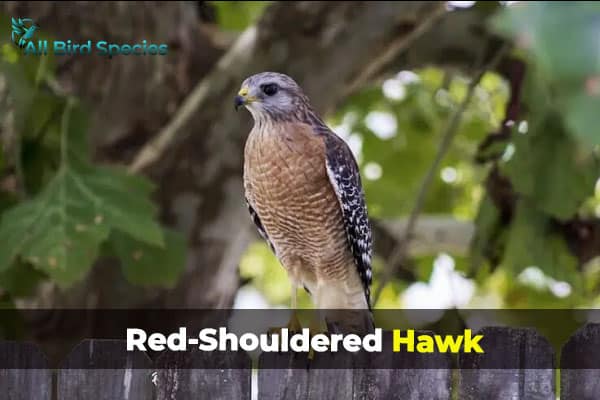
The Red-tailed Hawk is perhaps the most recognizable hawk in North America and is a common sight across Michigan year-round.
- Size: 19.7-25.6 inches in length, wingspan of 44.9-52.4 inches
- Diet: Primarily small mammals such as voles and rabbits, but they also hunt birds.
- Habitat: Found in a variety of environments, including open fields and woodlands.
This hawk is known for its distinctive reddish tail, which is particularly prominent in adult birds. They often perch on trees or poles, scanning for prey below.
2. Northern Harrier (Circus cyaneus)

The Northern Harrier is unique among hawks due to its low-flying hunting style.
- Size: 16.9-20.1 inches in length, wingspan of 40.6-46.5 inches
- Diet: Primarily small mammals and birds.
- Habitat: Prefers open fields and marshes.
This hawk is easily recognized by its long wings and tail, as well as the distinctive white patch at the base of its tail.
People sometimes call them the “Gray Ghost” because they look kind of gray. They might remind you of an owl, but they’re not actually related. They mostly hang out in open places like marshes and prairies.
3. Red-Tailed Hawk
- Scientific name: Buteo jamaicensis
- Life span: 10-15 years
- Size: 19.7-25.6 in
- Weight: 31.8-51.5 oz
- Wingspan: 44.9-52.4 in
- Status: Least Concern
The Red-Tailed Hawk is a familiar sight in Michigan all year, and you can spot it across a huge area from Panama to Alaska, covering most of North America.

It’s the second largest hawk in Michigan and stands out with its short, red tail and brown back with a light underside. There are 14 kinds of Red-Tailed Hawks in North America, each with its own colors. The ones in Michigan are pretty big compared to others in the U.S. They can live in lots of different places but like hanging out in woodlands and edges of forests.
4. Cooper’s Hawk (Accipiter cooperii)

Similar in size to the Sharp-shinned Hawk, the Cooper’s Hawk is slightly larger and is known for its powerful hunting skills.
- Size: 14.6-17.7 inches in length, wingspan of 24.4-35.4 inches
- Diet: Feeds mainly on birds, often ambushing them in flight.
- Habitat: Found in wooded areas, urban parks, and backyards.
Cooper’s Hawks are characterized by their bluish-gray back and orange barring on the chest, making them visually distinct from the Sharp-shinned Hawk.
5. Sharp-shinned Hawk (Accipiter striatus)

The Sharp-shinned Hawk is the smallest hawk in Michigan, known for its agility and speed.
- Size: 9.4-13.4 inches in length, wingspan of 16.9-22.1 inches
- Diet: Primarily feeds on small birds, often hunting at backyard feeders.
- Habitat: Prefers forested areas and is commonly seen during migration.
This hawk can be identified by its short, rounded wings and long tail, which aid in its quick, maneuverable flight.
6. Broad-winged Hawk (Buteo platypterus)
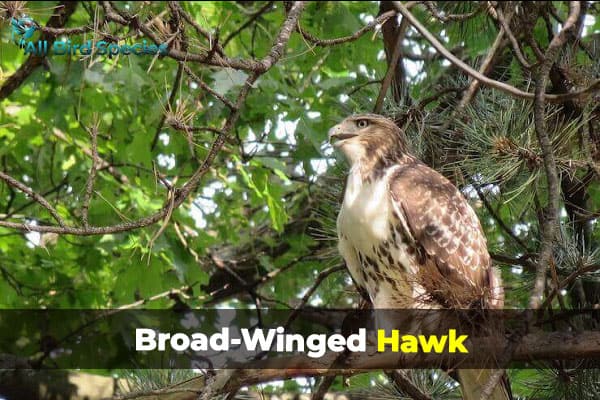
The Broad-winged Hawk is a migratory species that breeds in Michigan during the summer.
- Size: 13.4-17.3 inches in length, wingspan of 31.9-39.4 inches
- Diet: Feeds on small mammals, reptiles, and amphibians.
- Habitat: Prefers mature forests near water bodies.
Known for their distinctive whistling call, these hawks are often seen in flocks during migration.
In spring and summer, you can see Broad-winged Hawks all over Michigan. But one of the coolest things for bird watchers is in the fall when these hawks migrate to South America. They travel in huge groups of thousands. Broad-winged hawks have dark brown bodies with light bellies that have stripes.
7. Rough-legged Hawk (Buteo lagopus)
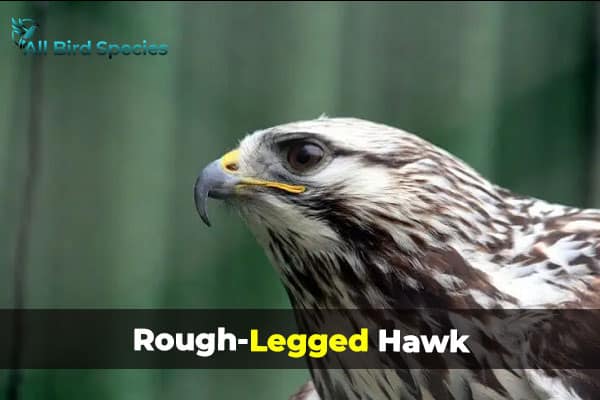
The Rough-legged Hawk is a winter visitor to Michigan, known for its unique feathering.
- Size: 18.5-20.5 inches in length, wingspan of 52.0-54.3 inches
- Diet: Primarily small mammals and birds.
- Habitat: Open fields and tundra during winter months.
This hawk is distinguished by its feathered legs and dark belly, which can be seen while it hunts from a perch.
These hawks of michigan mostly brown with a lighter head and dark spots on their body. What sets them apart is the big dark spot on their underside. Their name comes from the fact that their legs are fluffy with feathers down to their toes, which helps them stay warm in the cold Arctic.
Read More Articles:
8. Northern Goshawk (Accipiter gentilis)
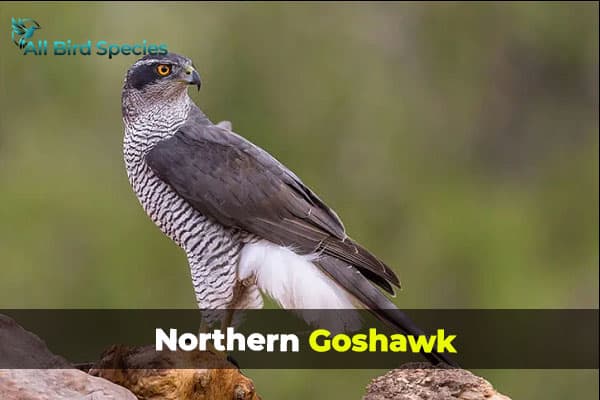
The Northern Goshawk is a powerful and elusive hawk, often found in dense forests.
- Size: 24-29 inches in length, wingspan of 45-52 inches
- Diet: Feeds on medium-sized birds and mammals.
- Habitat: Prefers mature forests and is less commonly seen than other hawks.
This hawk has a striking gray plumage and is known for its aggressive hunting style.
Rough-Legged Hawks hang out in Michigan all year round, especially in the northern part. In the south, you might see them less during certain times of the year.
Northern Goshawks have dark gray on top and lighter gray underneath, with black stripes.
Conclusion
Michigan’s diverse habitats support many hawk species, each adapted to thrive in their specific environments. Birdwatchers and nature enthusiasts can enjoy observing these magnificent birds throughout the state, whether in urban areas, forests, or open fields. Understanding the characteristics and behaviors of these hawks enhances the appreciation of Michigan’s avian wildlife.



